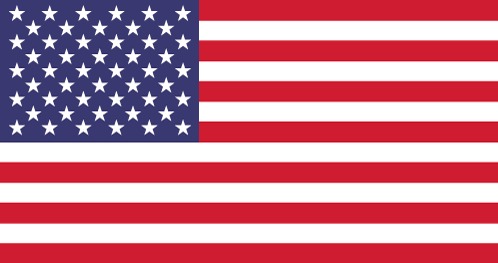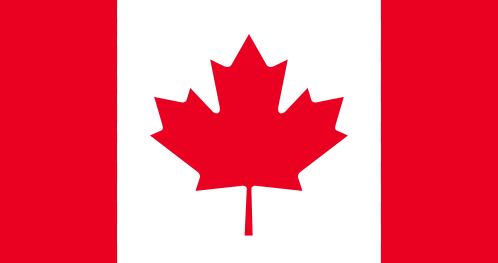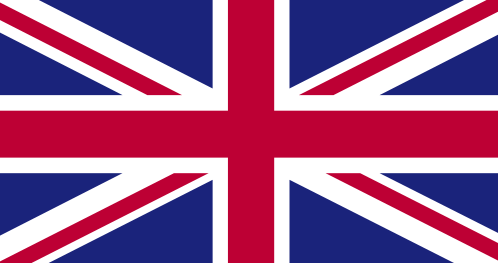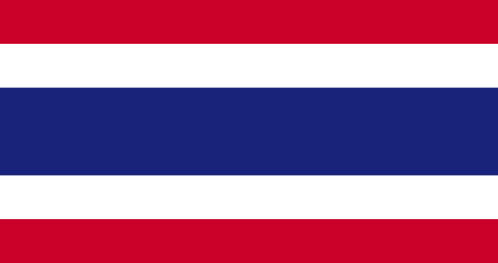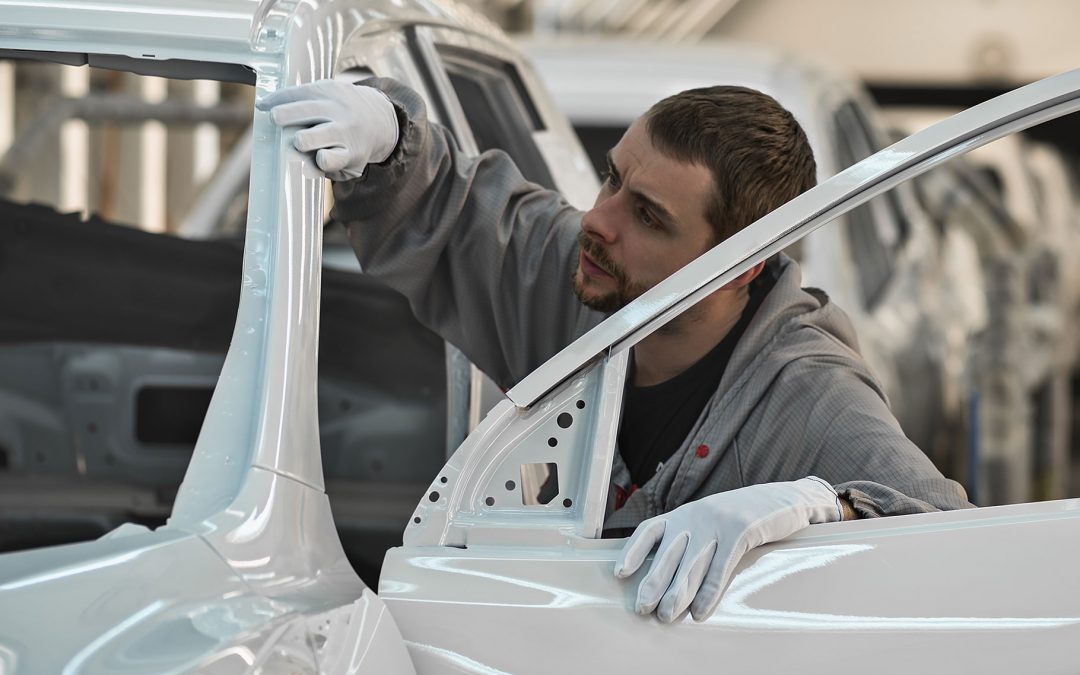Industrial paint booth cleaning, water back spray booth, non wet spray, water paint booth, wet spray, dry paint booth, water spray booth design, spray booth filtration, dry paint booth, spray paint box, wet vs dry air filter
Paint booth design will vary depending on the job at hand, and many other aspects of your what your production line and business wants to achieve. With the many important jobs paint booth systems can carry out, it’s no wonder that different spray booth design options are available on the market. Some important aspects to consider – which we will be exploring in depth here – include how their filtration systems work, the type of job each booth is best suited for, and how to decide which works best for your business needs.
Common Paint Booth Types
There are three main types of filtration systems considered in spray booth design. Water wash and dry filtration systems are what you can expect to see in most industrial paint booths, but powder booths are also quite common. This varies among industries, but dry exhaust systems usually fit well with many routine operations and typically require less maintenance and are less costly to install compared to water wash. The automotive industry favors wet-scrub options which are less labor intensive once they’re up and running but create more waste products. You should choose the paint booth design that works best for your facility and production goals.
There are of course, many differences between wet wash, and dry filtration systems and each comes with their own advantages and disadvantages. This will depend entirely on their intended use. Let’s explore how these systems are intended to work and where their performance shines.
Water Paint Booth Design
As the name suggests, a water paint booth uses water to collect contaminants and overspray from within your paint booth. These are also referred to as ‘water curtain spray booths’ because the paint booth design features a continuous curtain-like layer of water.
The curtain sits in front of the stream of air, thus filtering out paint mist and other particles on contact. The curtain’s exact position will depend on the airflow within the booth.
General required maintenance of a water paint booth includes pressure washing/ blasting, changing filters, and making sure pipes and exhaust systems are not clogged so that water continues to flow as needed. Each booth will have its own rate of chemical sludge and water changeover needs.
Water Wash Filtration in Spray Booth Design
We know that water wash filtration uses water as the medium to capture and contain chemicals. The collected material overtime turns into a sort of paint sludge that needs to be removed periodically from the collection tank. This wastewater itself must then be removed and treated as per environmental regulations. A sludge removal system can be incorporated into the design, to minimize possible exposures or improper handling of these by-products.
Water wash filtration systems have higher up-front cost due in part to the treatment requirements of the hazardous sludge by-product. However, this type of paint booth shines when used for high-volume production systems such as those with robots or conveyorized systems. Output is continuous so long as water volume is maintained – there is no need to stop production to replace filters.
Pros and Cons of Water Wash Filters
What are some other notable pros and cons of water wash filters in spray booth design? We already know a con is a higher up-front cost, but you may see that in the long run the high up-front costs are leveled out by the durability and efficiency of water wash filters to handle high-rate and high-production jobs.
Water wash systems have many advantages over dry wash such as:
- Handling more overspray, and use of various paint types (different viscosity, paint consistency, drying times)
- Handling high production rates
- More efficient and durable
- Efficient and safe collection of sludge which remains contained and cannot get air-borne once particles bond with water particles
- Customizable sludge removal system can eliminate time and training needed for employee to carry out entire task
- No need to purchase and spend time replacing physical filters
No system is one-size fits all. Some notable disadvantages of water wash systems are:
- Purchasing chemicals: needed to treat water continuously to follow stringent cleaning regulations. This adds operational costs.
- Higher up-front cost in terms of equipment and installation
- Required sludge removal system has its own space, equipment, and installation needs in order to work properly whether you opt for an automatic or manual version.
- Presence of water can create a humid indoor environment which may decrease paint quality if not monitored.
Dry Paint Booth Design
Dry paint booth, sometimes referred to as dry-scrub -circulate air through plastic filters coated in calcium carbonate. The by-product here is a dry waste that resembles marble or limestone. It needs to be removed from the paint booth periodically and can be recycled into cement.
Dry Filtration in Spray Booth Design
Dry filtration uses layered filters to continuously capture and contain chemicals and paint overspray. There are many options in terms of materials and filter construction, which have their own ideal applications. When installing a dry filter paint booth, be sure to ask the manufacturer that the filters you envision your booth using are compatible with that spray booth design.
Dry filtration systems are more commonly seen in paint booth design because they excel at low to medium production volumes which is what most manufacturers will produce at. They also are more accommodating when parts of the production (speed, equipment size) need to be changed. Dry filtration systems are more robust and less specific, which makes them applicable to more various tasks.
Dry wash systems have many advantages such as:
- Lower up-front costs in terms of equipment and installation
- Lower costs related to scheduled maintenance
- Possibility to reclaim / recycle powder coating finish from filters
- Easier operation overall
- Thought of as more environmentally friendly due to less chemical and waste disposal
There are some disadvantages of dry wash systems that need to be covered:
- Cannot be adjusted to a higher production rate – you must operate at the safe level the paint booth can handle.
- Filters can usually only handle a certain amount of overspray and may not accommodate various paint types
- Need to purchase and spend time replacing physical filters. This adds an operational cost.
- More manpower (estimated at 25%) is needed to prep a dry booth for paint removal cleaning.
The Basics: Paint Booth Filtration Systems
A functioning exhaust filtration system is an important consideration when maintaining your paint booth. These important systems work to contain contaminants and capture overspray within the paint booth before safely and effectively funneling them into the exhaust system.
The paint used in booths should not be left in the atmosphere of your facility and should be vented out in a secure and continuous manner. That is what exhaust systems aim to do and are a very important aspect of health and safety within your facility. Another benefit of clean, particulate-free air within your booth chambers is of course, that the quality of your products being produced have a superior finish with notably less paint defects.
How is Airflow Managed in a Paint Booth?
We know that paint booths need to circulate air – whether it’s a dry or wet booth. This is where negative and positive air pressure balance comes in. The three systems that manage air flow in a paint booth are intake filters, exhaust filers and air makeup units. These need to be properly managed to maintain the right air pressure. Intake (or supply) filters clean the air that comes into the booth. Exhaust filters pull contaminated air out. When the exhaust is turned on, negative air pressure is created and air starts being pulled in to replace it. If not controlled, air will start to be pulled in from wherever possible and may bring in dirt, debris and dust from outside into the booth, which is undesirable.
This is where air makeup units come in. These units maintain balance both inside and outside the booth by pushing air into an area where it’s needed. Positive pressure is created when the air makeup unit pushes more air in than exhaust draws out. This is desirable, because debris and dust is being pulled out, and not back in where it can lead to paint defects in production. A booth is balanced when the exhaust unit and makeup unit move equal amounts of air.
What Does Airflow Have to Do with Paint Booth Filtration?
Knowing about airflow patterns in paint booth design will further help understand what types of filters are needed and when. Considering the chemicals and materials used at each part of production will further help develop a good filtration strategy. An air filtration system is usually made up of intake filters, exhaust filters and air makeup units that keep an even air pressure inside and outside the booth.
Airflow within the paint booth is important because if it’s thrown off, the production and quality of the product can be compromised. Not only is it imperative for the products, but a controlled airflow will also make cleaning more efficient. The air flow must be monitored carefully so that the wet and dry filters can work their magic.
There are many different configurations through which paint booths control airflow, and each of these has specific filters. Cross draft airflow draws air from the front of the booth towards the rear, which creates a horizontal flow of air. Downdraft airflow draws air vertically, starting at the ceiling and then passing down towards an exit that’s usually on the floor.
How Do I Implement this Information When Choosing a Paint Booth Design?
The most important things to consider when considering airflow in your paint booth design are complying with regulations in your area, making sure the workplace is safe for employees, and that your booth is functioning as to maintain high efficiency and in turn, drive up profitability.
Choosing the type of booth, its maintenance plan and filtration strategy can be overwhelming. Working alongside with TEAM Group can help you understand how to make the right decision based on your specific needs. Team Group is your choice for diversified industrial cleaning services, including total paint booth maintenance, hydroblasting and more!
We’ve consecutive awards for our safety culture, quality, and delivery to commercial manufacturing markets around the globe. Let us service your total paint booth system needs, and work alongside you to keep everything working efficiently.
Addtional Resources
https://www.finishingsystems.com/blog/how-does-a-wet-painting-booth-work/
https://www.xmcoating.com/introduction-to-water-curtain-spray-booth-and-water-wash-paint-booth.html
https://globalfinishing.com/2020/02/24/water-wash-booths-vs-dry-filter-paint-booths/
https://www.accudraftpaintbooths.com/blog/choosing-paint-booth-drying-system/
